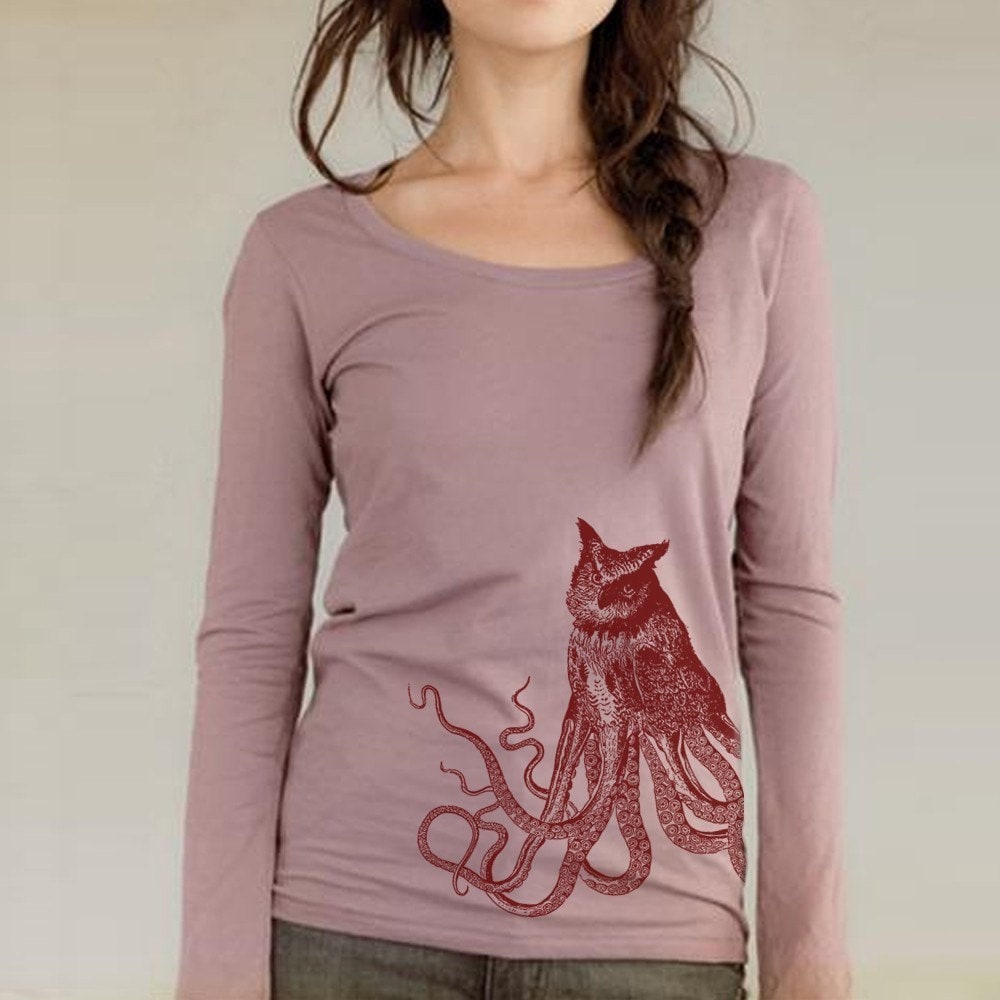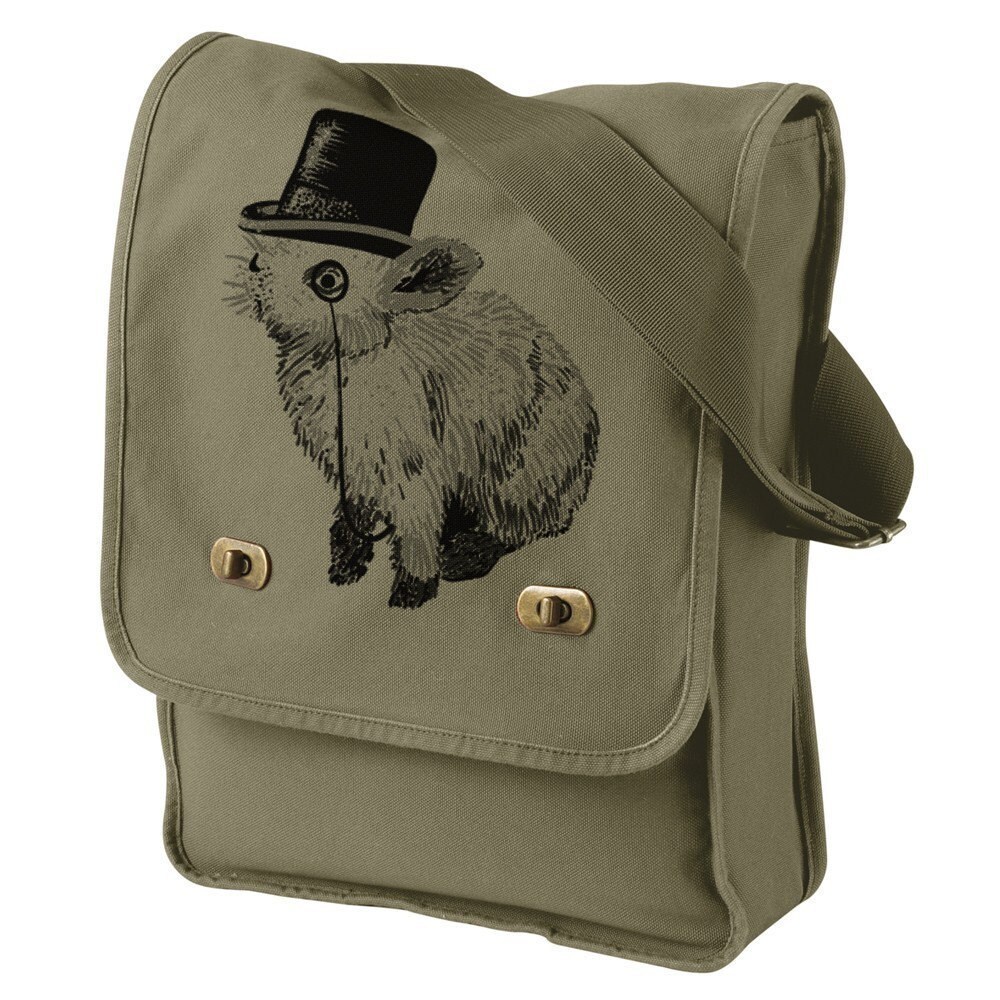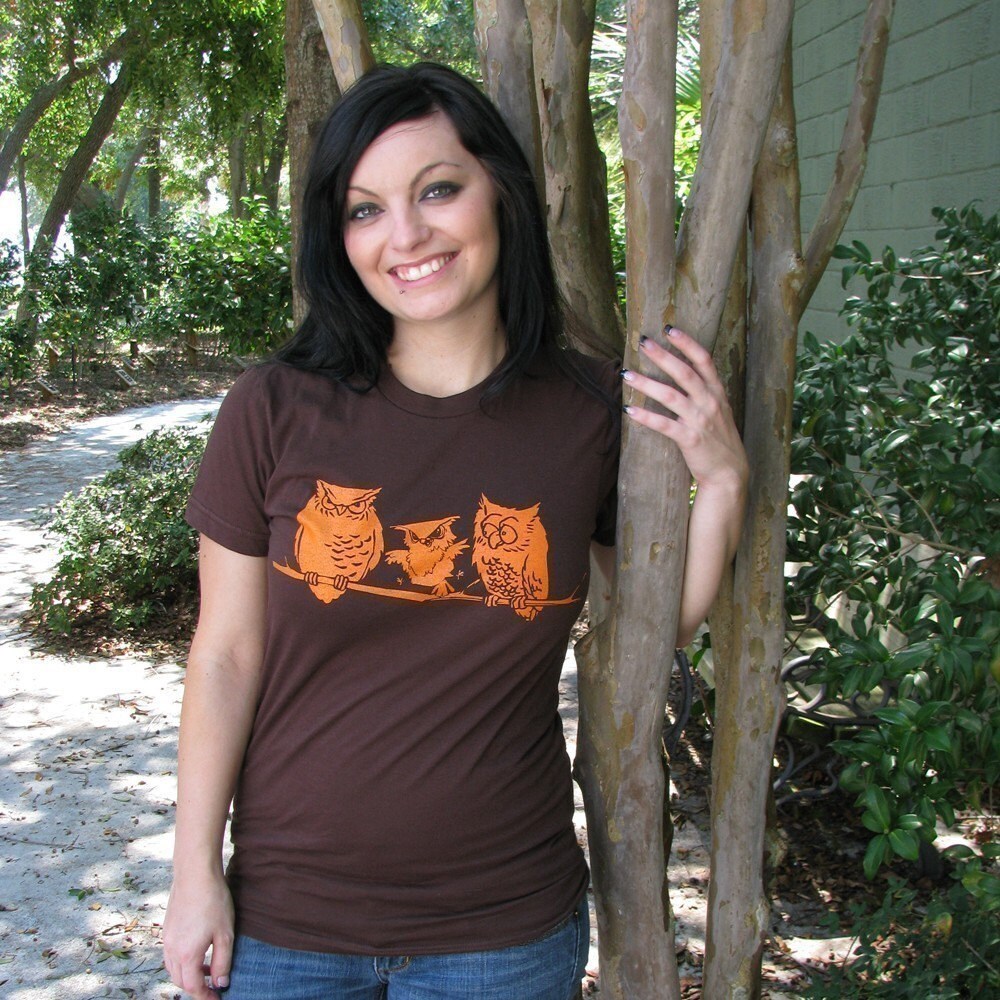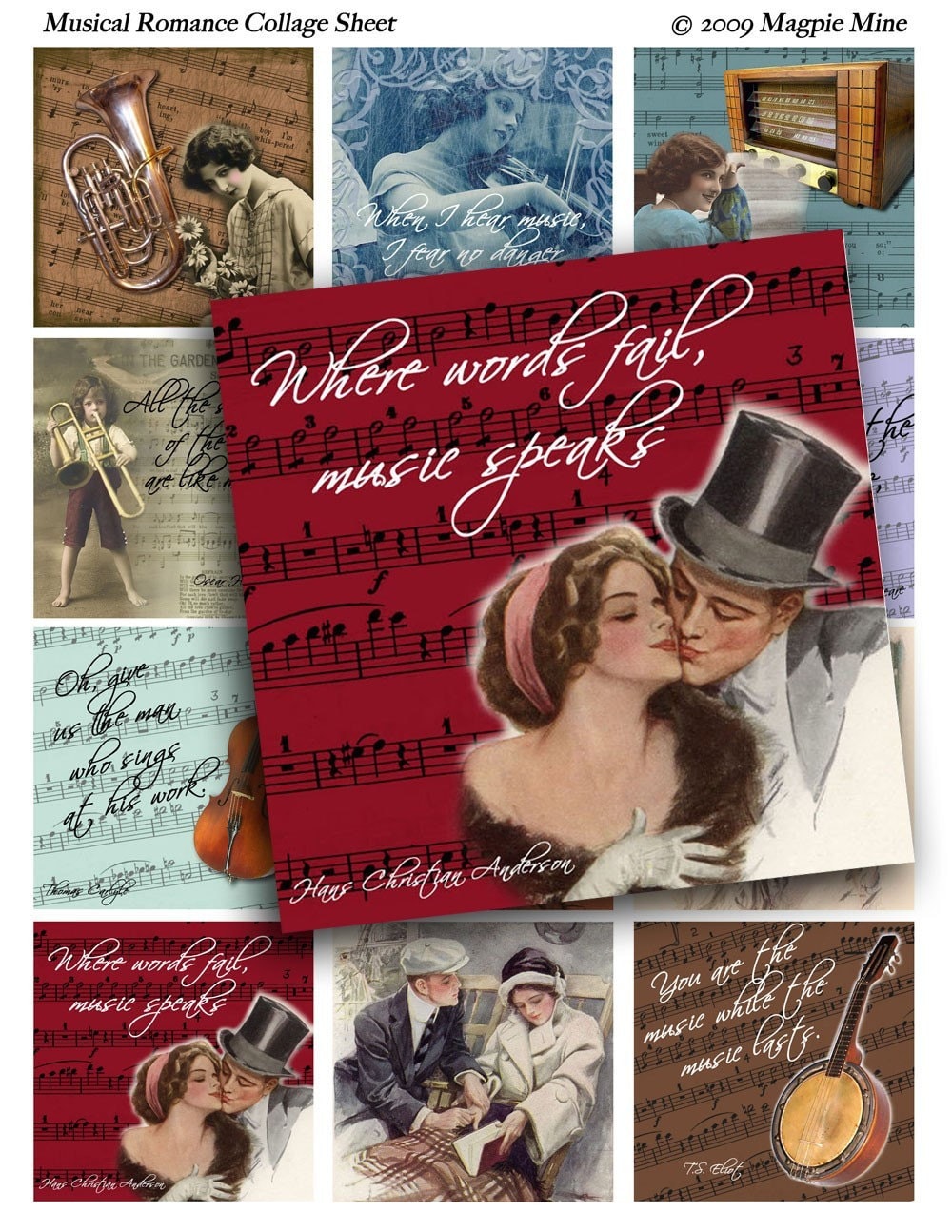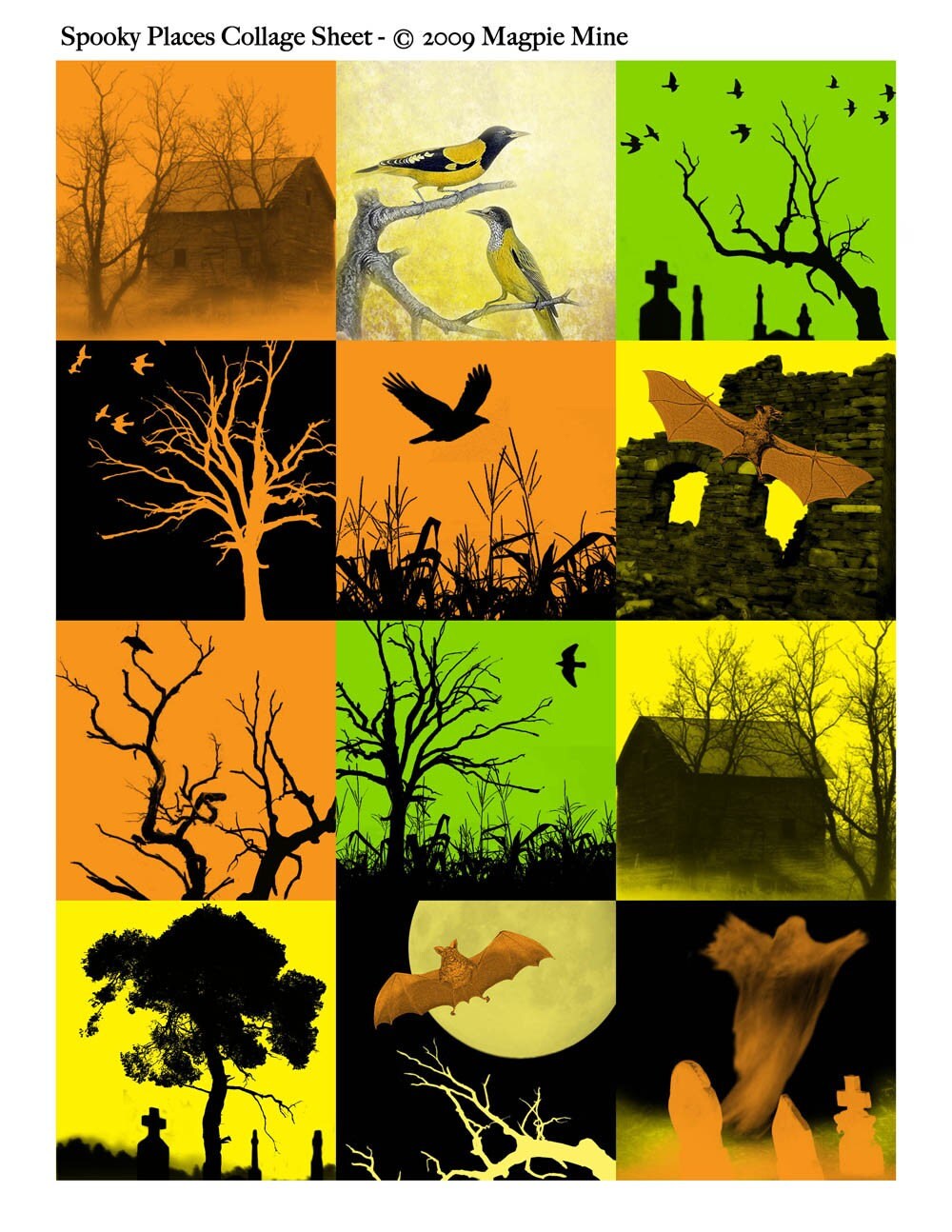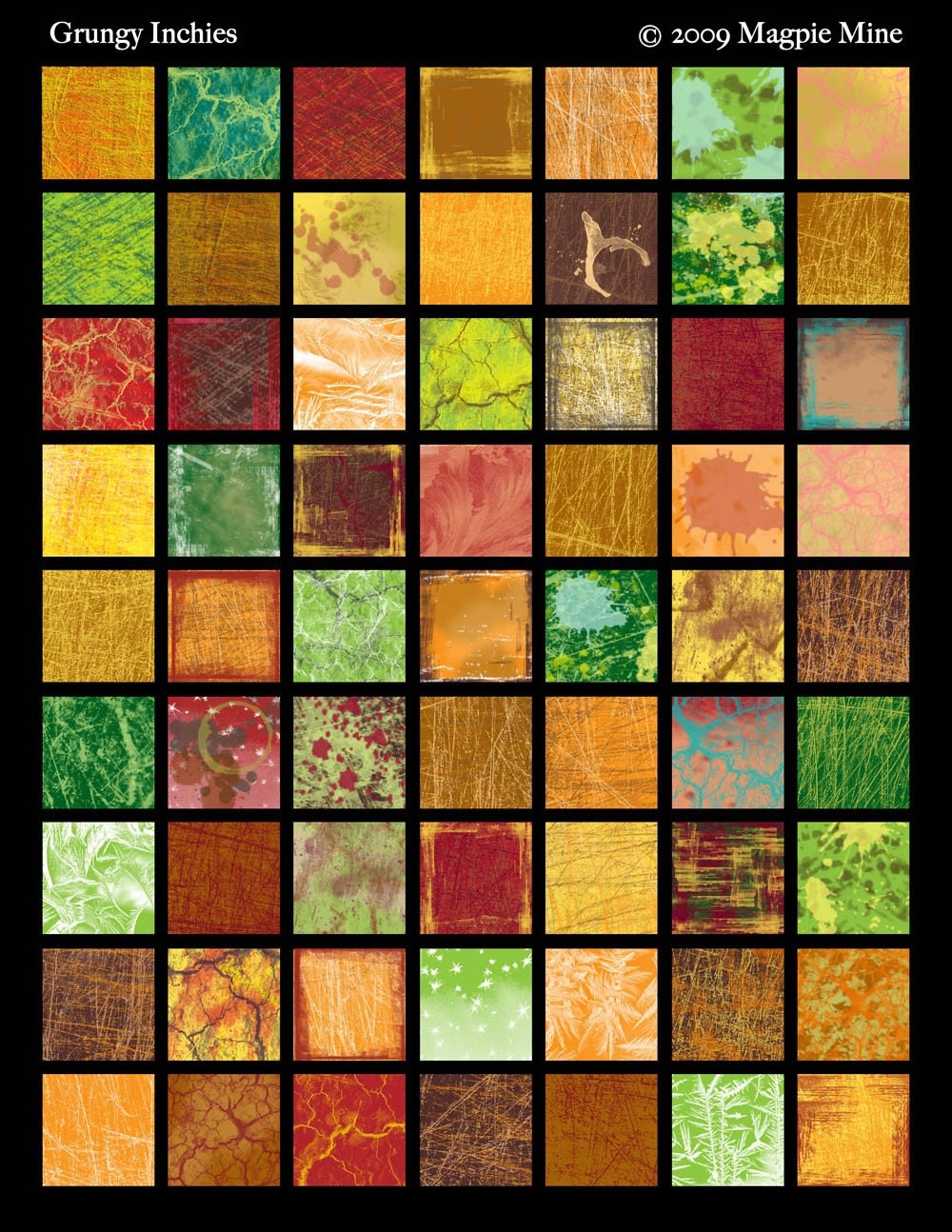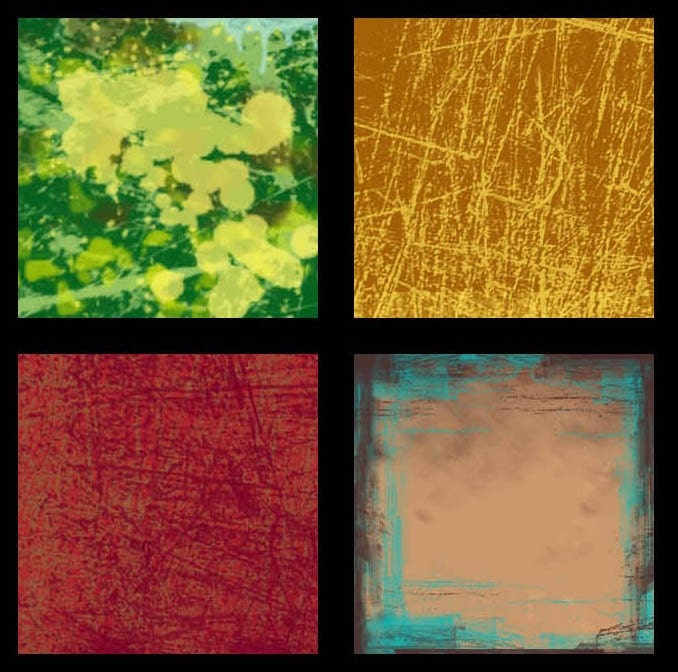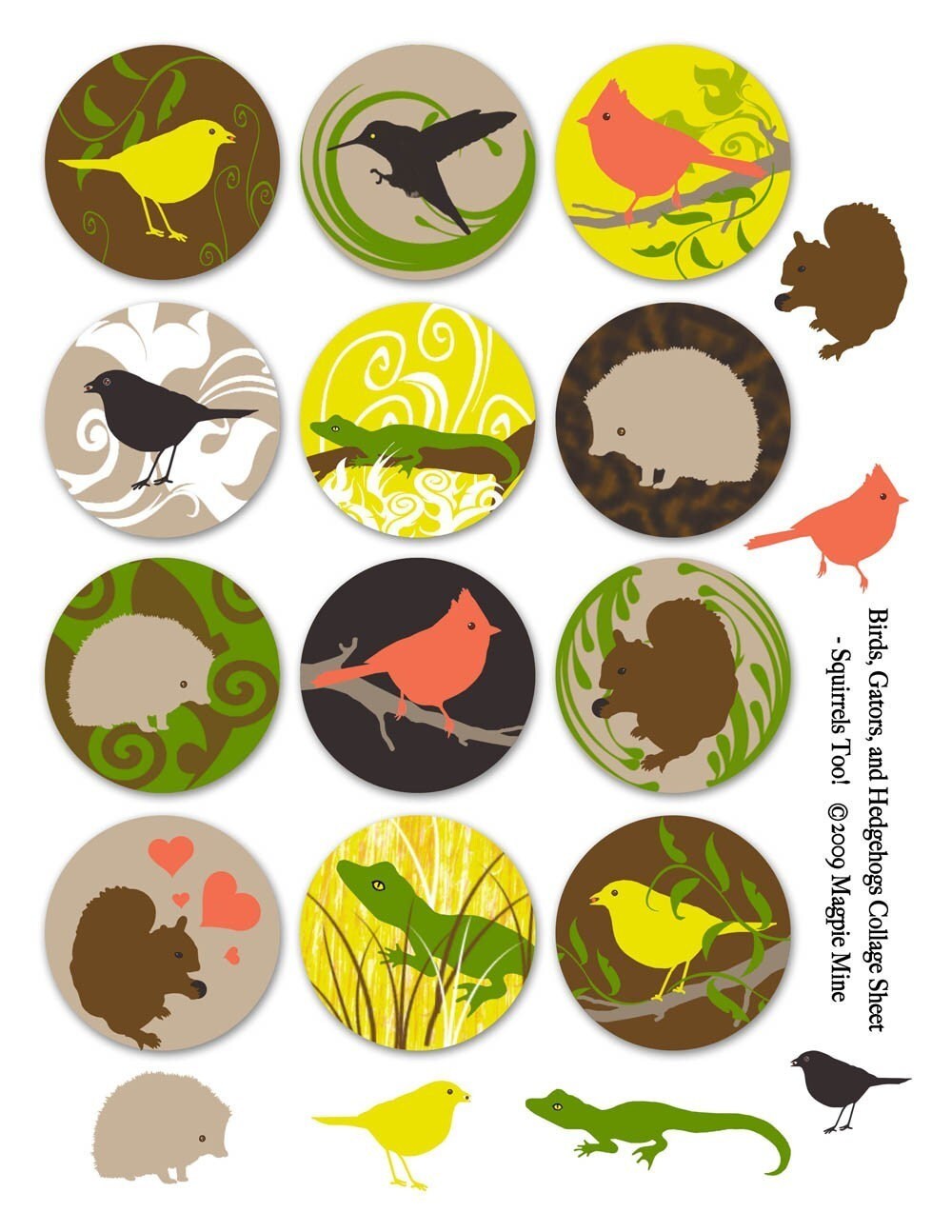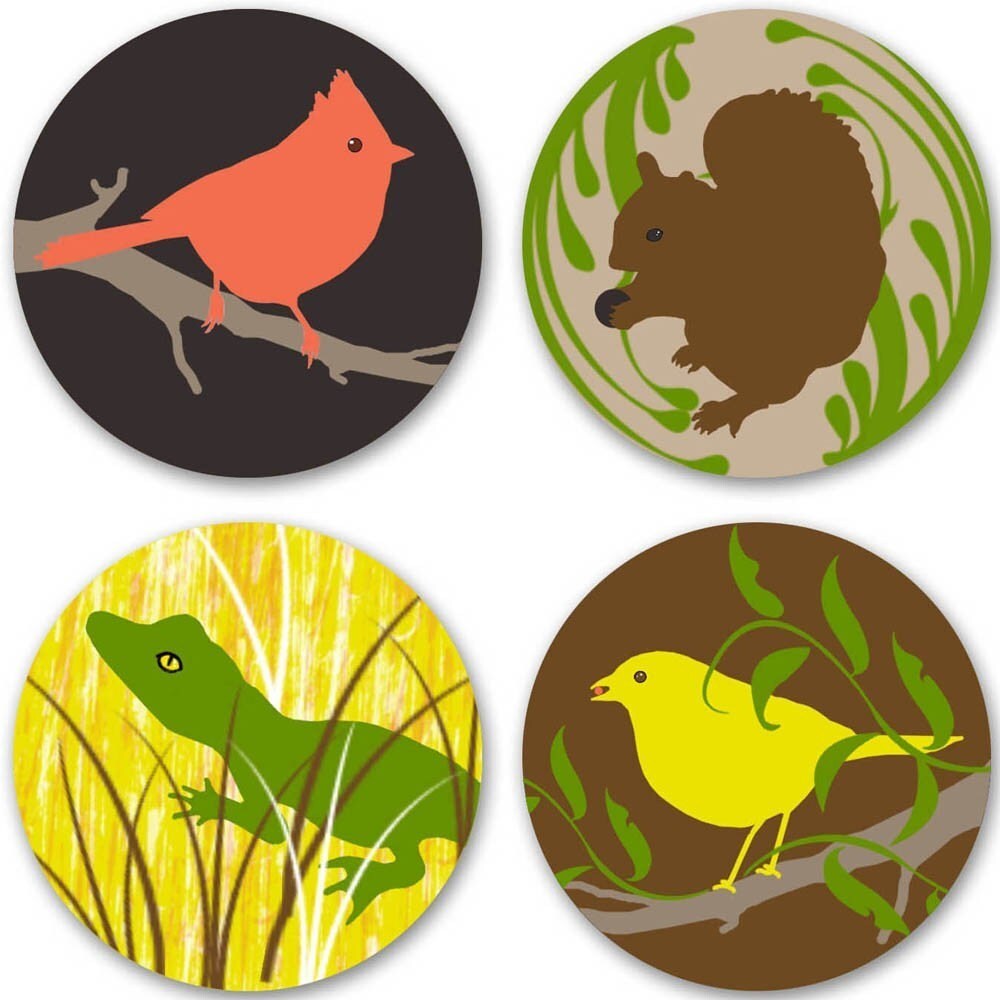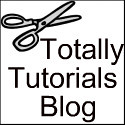 A round the time that we were heading into our first season of baby showers, I started to make mixed media cards that could double as nursery and bedroom art for my Mom friends. Because the Peanut was still under 1 and not too interested in making cards for her friends yet, I also made cards for her friends too. Most of these cards were stuffed animal inspired and I began including simple stitching as part of the work which led to opening up a shop on Etsy.
A round the time that we were heading into our first season of baby showers, I started to make mixed media cards that could double as nursery and bedroom art for my Mom friends. Because the Peanut was still under 1 and not too interested in making cards for her friends yet, I also made cards for her friends too. Most of these cards were stuffed animal inspired and I began including simple stitching as part of the work which led to opening up a shop on Etsy.The stitch that I use most often when I make hand made cards is the simple back stitch, to learn how to do the embroidery back stitch you can learn how from this youtube tutorial by Lolita charm, her tutorial is simple to follow and I happen to love her manicure.
Friday before last, I featured a very talented digital collage sheet artist; MagpieMine. In the feature I mentioned that I'd come across Maggie of MagpieMine through the Totally Tutorials Exchange program.
For the most part, I use original paintings for my mixed media projects, embellishing with hand stitching and beads to make my simple subjects pop. When I saw Maggie's entry for the tutorial exchange I was immediately excited by the possibilities. So much so, that after I entered my tutorial idea for her exchange, I went back and purchased some other sheets from her shop. As luck would have it, Maggie picked my entry for the exchange and I now have an abundance of fantastic digital clip art to work with.
For this tutorial, I will show you how to use a simple back stitch and beading to add more dimension to a 2 D collage. The final artwork can be matted and framed to fit into any fairy lover's decor. Mine will be a baby blessing gift to my new niece.
For this project you will need:
 Your choice of digital Collage Sheet from MagpieMine, I used the Elves and Fairies in the Woodland sheet.
Your choice of digital Collage Sheet from MagpieMine, I used the Elves and Fairies in the Woodland sheet.Heavy watercolour paper or card stock
x-acto knife
Glue Stick
Beading Needle
Embroidery Floss
Seed beads
Scissors
Lets get started
To start, print out your collage sheet. It is best to print onto artist quality paper. Once printed use the x-acto knife to cut the image. I use an x-acto blade to cut out the image because the blade allows me to get into the more detailed areas for a crisper edge.
After gluing the back of the fairy, put her onto the background paper. I've used a piece of watercolour paper because it's sturdy and can withstand having holes punched in as well as having wet media used on it (in case you wanted to paint onto your project before adding your fairy.)
Once she's been placed on the background paper, make needle holes for stitching. When using embroidery stitches on paper it is easier to have pre-existing holes for placing your stitches along, it saves time and you can put a little more thought into where you want your stitches to go.
I wanted to add interest to her wings on this fairy, so I chose to follow along existing lines in her wings. Using a needle, I poked holes along where my stitching was going to go. I use a thimble to help with this part of the project to save the tips of my fingers and thumb.
Once the holes are poked into the image, it's time to choose which floss will work best with the fairy. This stage can also be done during the earlier stages, but I prefer to do it after I've got my layout put together.
If I were using a background that incorporated other designs, an image or colours, choosing my thread at this stage is very useful as all the picture elements are together. For this fairy I've chosen a combination of gold and silver floss.
Following Lolita charm's back stitch instructions, start stitching on the backside of your work. I start my stitches in the second to first hole and stitch backwards from there.

 hold the end of the floss for the first few stitches so that
hold the end of the floss for the first few stitches so thatyou don't pull it all the way through
continue stitching until the area you want embellished is done. You can finish off by sewing a knot in the backside of the work or by using the techniques in Lolita Charm's back stitching tutorial.
To add beads to the fairy, punch a single needle hole where each bead will go. Choose a needle that will fit your beads. Sometimes beads will have varying sized holes; it's a good idea to try more than one to see if most will fit over the needle.
Again, you will begin your stitch on the back side of the work.
Pull the thread through while holding the tail end of the thread in place. Add your bead to the thread and then put your needle back into the same hole you came up in. Move on to the next hole and repeat until all your beads have been applied.
Once finished, trim any extra threads and if you prefer, you can apply decorative paper onto the back of the work to hide the stitches in the back. Because I'll be matting and framing this fairy as a nursery decoration, I'm going to leave the back unfinished.
here is another example of this technique using another of MagpieMine's faries on a coloured background:


I'd like to thank Magpiemine for her super collage sheets and of course you can also visit her on Etsy to get started on your own projects.











